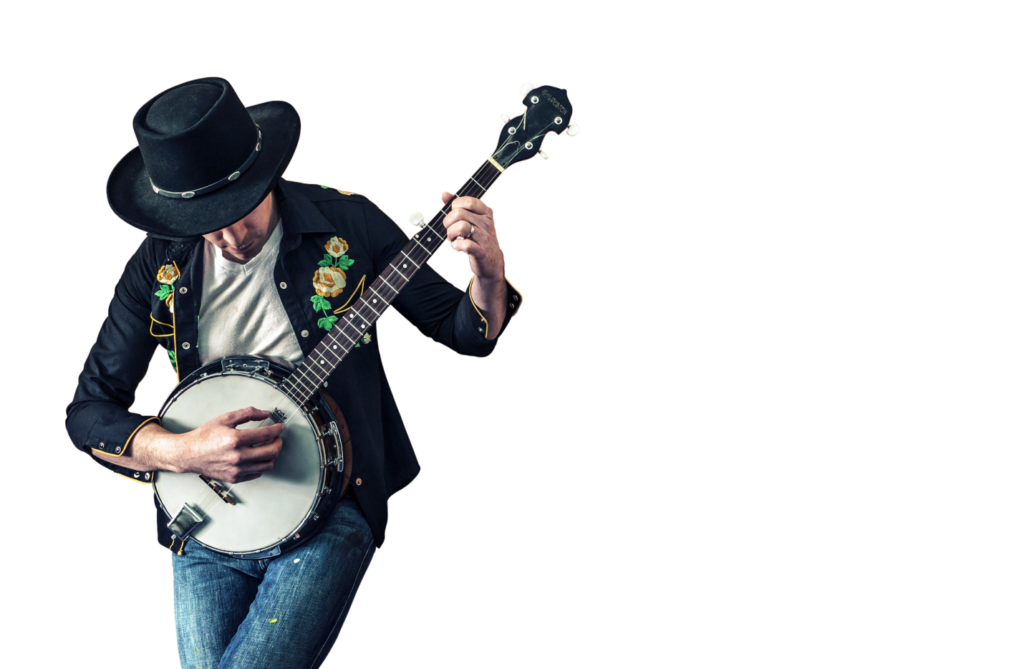The banjo is an instrument that’s not for everyone, much like the piano, guitar, or drums. But you have to try it out first in order to really be sure whether it’s the instrument for you – or not. One thing can be said about the banjo, however – it’s a lot of fun to play, and if you become good at it, you’ll enjoy playing the instrument and finding different ways of playing it for years to come. With a banjo, you will never be bored. But learning to play the banjo in a good way is important to your success. Here are some top tips to remember if you want to be an expert banjo player.
- Pay attention to your body’s position
Aside from choosing the right banjo (whether it’s a 4-string, 5-string, or 6-string one) and making sure that it’s tuned correctly, you also have to pay attention to your body’s position. Your posture whilst playing the instrument is important because if you have the wrong posture or position, the sound of the instrument can be affected as well as making it more difficult for you to play.
The proper position is this: your shoulders should be upright and not slouching. You should also make sure to hold the instrument at an angle of 45 degrees, sometimes higher, with the bottom portion perpendicular to the floor or rotated a little upward in order for you to see the strings without difficulty.
You should also make sure to check how you are holding the neck – it shouldn’t be held too tightly. It’s also a good idea to use a strap, as banjos have longer necks and are heavier than guitars. The strap should carry the banjo’s weight.
- Learn the proper way to pick
There is also a proper way of picking if you want to be a success at playing the banjo. If you want to learn how to play the banjo in the best possible way, learn the proper way to pick. For example, if you want to play the bluegrass style of music, your fingers should sweep in a downwards motion, whilst you use your pick or nail to pluck the instrument’s strings. For banjos, the thumb, middle finger, and index finger are generally used for picking. The pinky and ring fingers should be kept on the banjo’s head.
If you want, you can purchase picks for your fingers; these are similar to guitar picks made of metal with attached rings that are slid onto the finger ends. Additionally, don’t worry too much about pushing or plucking the strings; it’s not necessary since the instrument will already have a good sound as long as you softly hit the strings with an upward, downward, or lateral stroke.










